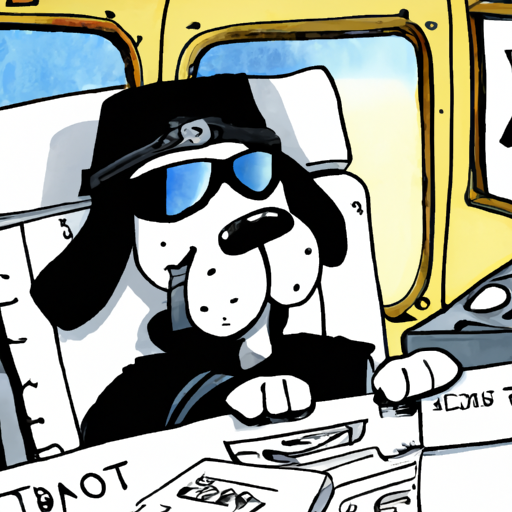H2. Preparing Your Dog for the Journey
As a caring pet owner, you’ll want to do everything you can to make your dog’s flying experience as comfortable as possible. Here are a few steps you can take:
- Visit the Vet: Ensure your dog is healthy enough to fly. Some breeds, like brachycephalic dogs (short-nosed breeds), may have difficulty flying due to respiratory issues.
- Get a Comfortable Carrier: The carrier should be well-ventilated, secure, and spacious enough for your dog to stand, turn around, and lie down comfortably.
- Familiarize Your Dog with the Carrier: Let your dog spend time in the carrier before the flight. This can help reduce anxiety during the journey.
H2. Understanding Airline Policies
Different airlines have different policies for flying with pets. You should familiarize yourself with these policies to ensure a smooth journey. Here are some key things to look out for:
- In-Cabin or Cargo: Some airlines allow small dogs in the cabin, while others may require them to be transported in the cargo hold.
- Carrier Specifications: Airlines have specific carrier size and weight requirements. Verify these ahead of time.
- Fees: Airlines typically charge an additional fee for transporting pets. Make sure to factor this into your travel budget.
| Airline | In-Cabin | Cargo | Carrier Size (in-cabin) | Fee |
|---|---|---|---|---|
| Airline A | Yes | Yes | 18″ x 11″ x 11″ | $125 |
| Airline B | No | Yes | N/A | $200 |
| Airline C | Yes | No | 17″ x 16″ x 8″ | $95 |
H2. During the Flight
Once you and your furry friend are on board, there are a few things you can do to help them cope with the journey.
- Keep Them Calm: Speak to them in a soothing voice and reassure them that everything is okay.
- Hydrate: Make sure they have access to water during the flight.
- Avoid Feeding: To prevent motion sickness, avoid feeding them a few hours before the flight.
H2. Upon Arrival
After landing, there are a few things you should do to ensure your canine companion is safe and comfortable:
- Check on Them Immediately: Whether your dog travelled in cabin or cargo, check on them as soon as you’re allowed to reassure them and check their wellbeing.
- Give Them Water and Food: Once you’re off the plane and in a suitable location, give your dog water and a small amount of food.
- Exercise: If possible, allow your dog to stretch and relieve themselves. This can help them adjust to the new environment.
H2. FAQs
Q: Can I sedate my dog before the flight?
A: It’s not usually recommended as it can increase the risk of heart and respiratory issues. Always consult your vet before administering any medication.
Q: Can I take my dog out of the carrier during the flight?
A: No, for safety reasons, your dog must remain in their carrier throughout the duration of the flight.
Q: What if my dog is too large to fit in the cabin?
A: In such cases, your dog may need to travel in the cargo hold. Check with your airline for their specific policies.
Remember, your dog relies on you to make their travel experience as comfortable as possible. With a little preparation and understanding, you can ensure that flying with your dog is a smooth and stress-free experience for both of you.



